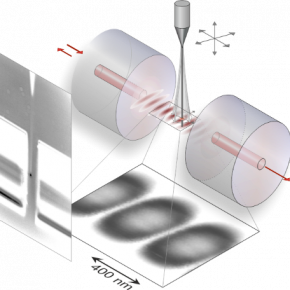Post-doc position available!
We are looking for a post-doc to work on our ERC-funded miniature greenhouse gas analyzer project. The project leverages the fiber-based Fabry-Perot microcavities developed in our group to enable a miniature trace gas analyser for greenhouse gases. A first proof-of-principle device has already been built, showing the feasibility of an instrument that maintains the precision …




